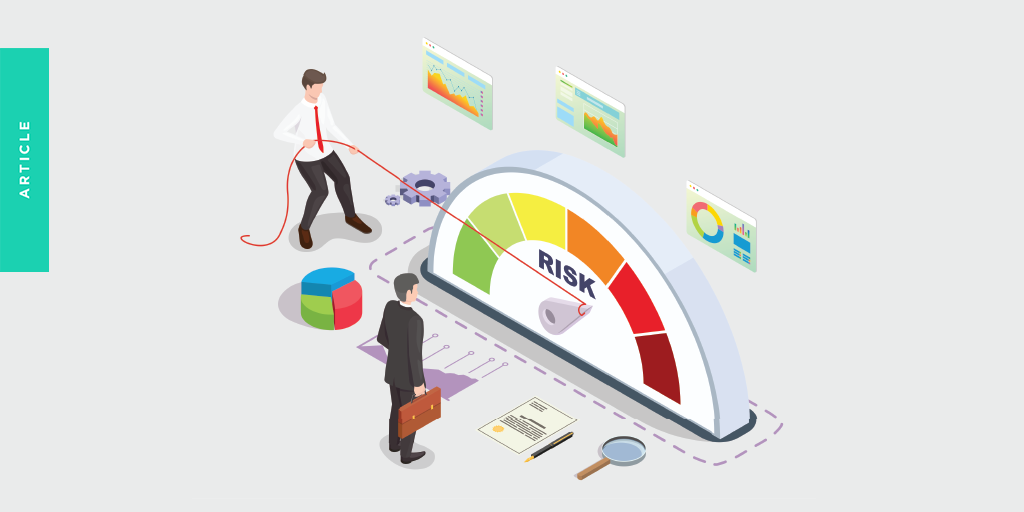More Fakes, Frauds, and Scams: 2023’s Cybersecurity Landscape
There’s big business is creating chaos and exploiting the unexpecting. Cyberattackers are so successful at it, the damages they inflict could collectively qualify cybercrime as the world’s third-largest economy, putting it second only to the US and China.
And still, the order of magnitude is expected to increase by 15% a year, eventually reaching $10.5 trillion USD annually by 2025.
“This represents the greatest transfer of economic wealth in history,” explains Cybersecurity Ventures. Cyber threats are also “exponentially larger than the damage inflicted from natural disasters in a year, and will be more profitable than the global trade of all major illegal drugs combined.” Read: they’re everywhere and not going anywhere.
Make no mistake. Everyone’s a potential target. Given the security vulnerabilities, most corporate and enterprise organizations miss, almost half of the ethical hackers say they can break into most, if not all, environments they test. What’s even more troubling is that they typically only need about five hours to take control.
Want to be as inhospitable to hackers as possible in 2023? Lock up these eight security weak points.
1. Don’t get phish hooked.
83% of organizations reported experiencing phishing attacks in 2021. That’s billions of fake messages which, apparently, still get the (dirty) job done. Think phishing only happens in your email inbox? Wrong. There are oceans of options, including: texts, calls, and social messages. Pro tip: if you see a big name like Amazon, FedEx, or PayPal as the sender, proceed with caution until you are sure the communication is legitimate.
2. Learn your BECs.
In this special type of phishing attack, you’ll be initially drawn in by the name of someone you know such as a boss, a member of the executive team, or a trusted vendor. The case of mistaken identity usually starts with a spoofed email address, or, in some cases, a message sent through their actual hacked email account. The ask is usually around sharing sensitive information like a password or helping with completing a financial transaction like a wire transfer.
3. Stay safe on social.
Social media is quickly becoming one of the most lucrative vehicles for fraudsters. Last year, they made off with almost a billion dollars in losses – that’s a quarter of all online fraud. These differ from other forms of attack in that their target pool is typically younger generations who may be less experienced in recognizing the warning signs of a potential attack.
4. Avoid being Cryptomined.
You might hear ‘crypto’ and automatically think of money. But what cryptojackers are sometimes after is more essential: internet, electricity, computer processing power, etc. If their malware successfully spreads to your fleet of devices, they can run their entire operation using resources that would otherwise be powering your own business growth. And if your organization does deal in cryptocurrency, don’t put it past them to take that, too.
5. Know your industry-specific targets.
According to Statista, businesses, healthcare organizations, financial services, government entities, and educational institutions are the industries most heavily targeted by hackers. Each one has an attack landscape with well-known entry points and targets. Take time to understand the motivations most likely to drive an attack and which assets they’re likely to hit first. From there you can work backward to better insulate your organization.
6. Plan to combat and contain DDoS attacks.
Organizations have been battling distributed denial of service (DDoS) attacks for decades. But just like the defense mechanisms we’ve devised to disarm them, these high-volume traffic attacks are evolving quickly. It’s no longer enough to protect a single entry point. Cybercriminals know they’re likely to gain more ground by launching automated, “multi-vector” DDoS attacks, which can be directed at multiple, hard-to-control vectors from your servers to your entire network. The best way to stay a step ahead? Be sure your always-on DDoS protection system can register short attacks and helps prevent repeat targeting.
7. Close the door on open source risks.
Open-source applications can be an economical way to replicate pricey licensing options. But non-buyers should beware. Without dedicated oversight to systematically improve security and make other critical updates, you’re left open to some serious risk. “Open-source vulnerabilities typically stem from poorly written code that leaves gaps, which attackers can use to carry out malicious activities—such as extracting sensitive data or damaging a system,” explains Contrast Security.
8. Remember, you’re never too small to be attacked.
43% of all data breaches target small businesses. In other words, don’t be lulled into a false sense of security just because you run a startup or one-person operation. When you’re small, hackers assume you don’t have the right protective resources in place or capital to prevent an attack – and they may be right. Some 60% of SMBs that get hacked are forced to shutter their doors within six months.
2023 is shaping up to be a complex year for cyber security. Whatever protective measures you choose to enact, just be sure you aren’t simply maintaining the status quo – or be prepared to end up a statistic.
Content created and provided by ONEAFFINITI.












